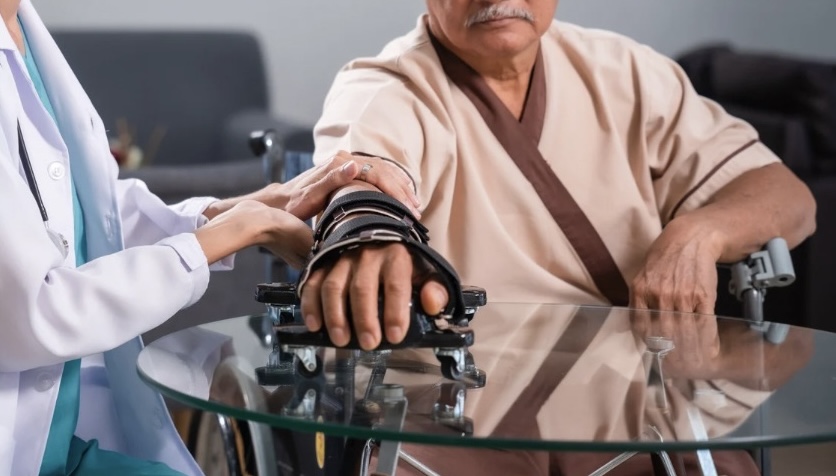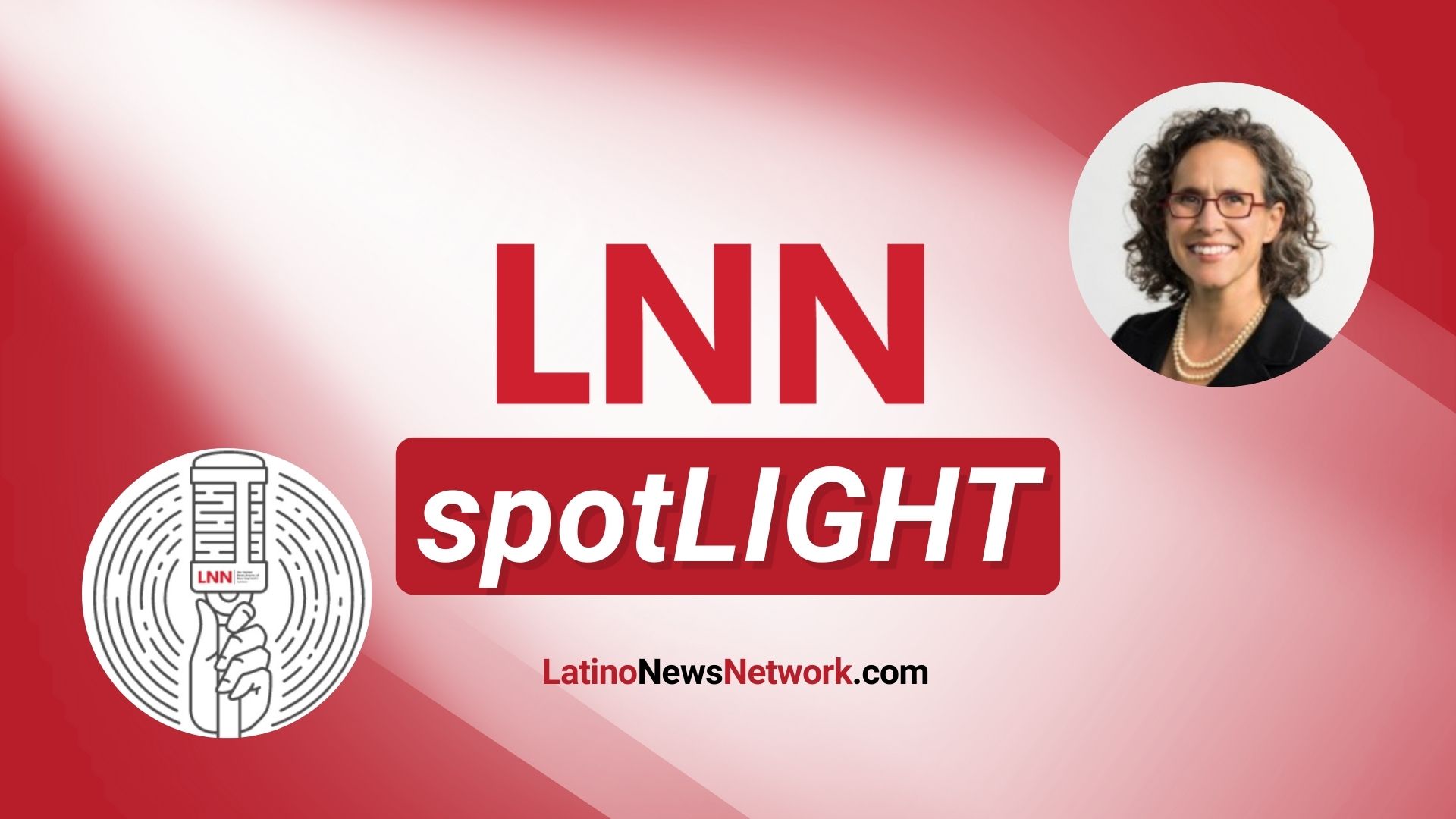On Christmas Day, 2022, Matt Neuman received what he calls the greatest gift. “I had just finished opening presents with my two daughters, and I was starting to put Christmas dinner together. That’s when it happened,” said Neuman. “It was this wave of weirdness traveling up and down the left side of my body. I ended up passing out.”
Neuman didn’t know what was happening. He thought it was a heart issue, but his smartwatch suggested everything was fine. Many hours later, tests at the hospital revealed the diagnosis: a minor stroke in his parietal lobe—the part of the brain that controls the five senses and depth perception. While the news was surprising, especially for someone who was just 48 years old, there were warning signs.
Just months before, “I had my annual physical in which my doctor laid it out pretty clearly,” said Neuman. “Although I wasn’t over the line on anything (blood pressure, cholesterol, diabetes), I was approaching the line for all of them.” He literally said, ‘If you don’t get these things under control, you will have a stroke.’”

Heart disease and stroke are the leading causes of death in the Granite State, and stroke is a leading disabler.
Stroke is the fifth-leading cause of death in the U.S. It is the No. 3 cause of death for Hispanic women and No. 4 for Hispanic men. Moreover, the average age for strokes among Hispanics is 67, but 80 for non-Hispanic white people, according to Dr. José Biller, a professor and chair of neurology at Loyola University Chicago’s Stritch School of Medicine.
Globally, about one in four adults over the age of 25 will have a stroke in their lifetime. Even so, most adults in the U.S. don’t know the F.A.S.T. warning signs of a stroke and that stroke is highly treatable if you call 911 as soon as you recognize the symptoms.
Just 58% of Hispanic adults in the U.S. can recognize stroke signs, compared to 64% of Black adults and 71% of white adults, according to a Centers for Disease Control and Prevention report based on a 2017 survey. This is May, American Stroke Month, the American Stroke Association wants you to know how to reduce your stroke risk and learn the signs everyone should know:
F.A.S.T.:
- Face Drooping – Does one side of the face droop or is it numb? Ask the person to smile. Is the person’s smile uneven?
- Arm Weakness – Is one arm weak or numb? Ask the person to raise both arms. Does one arm drift downward?
- Speech Difficulty – Is speech slurred? Is the person unable to speak or hard to understand? Ask the person to repeat a simple sentence, like “The sky is blue.”
- Time to Call 911 – If someone shows any of these symptoms, even if the symptoms go away, call 911 and get to a hospital immediately.
For more information and resources to help prevent stroke, visit Stroke.org/StrokeMonth.
NH Latino News and the American Heart Association of New Hampshire are partners in best serving the Hispanic, Latino community.
Publisher’s Notes: A version of New Hampshire stroke survivor stresses importance of knowing the stroke warning signs and acting quickly was first published by the American Heart Association.



